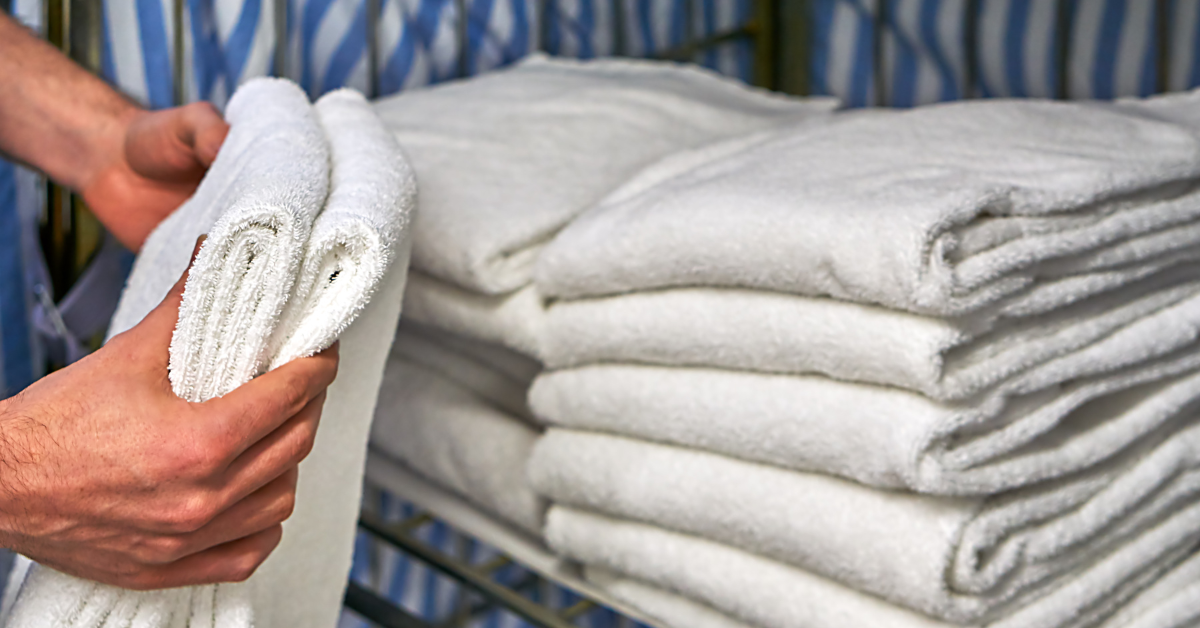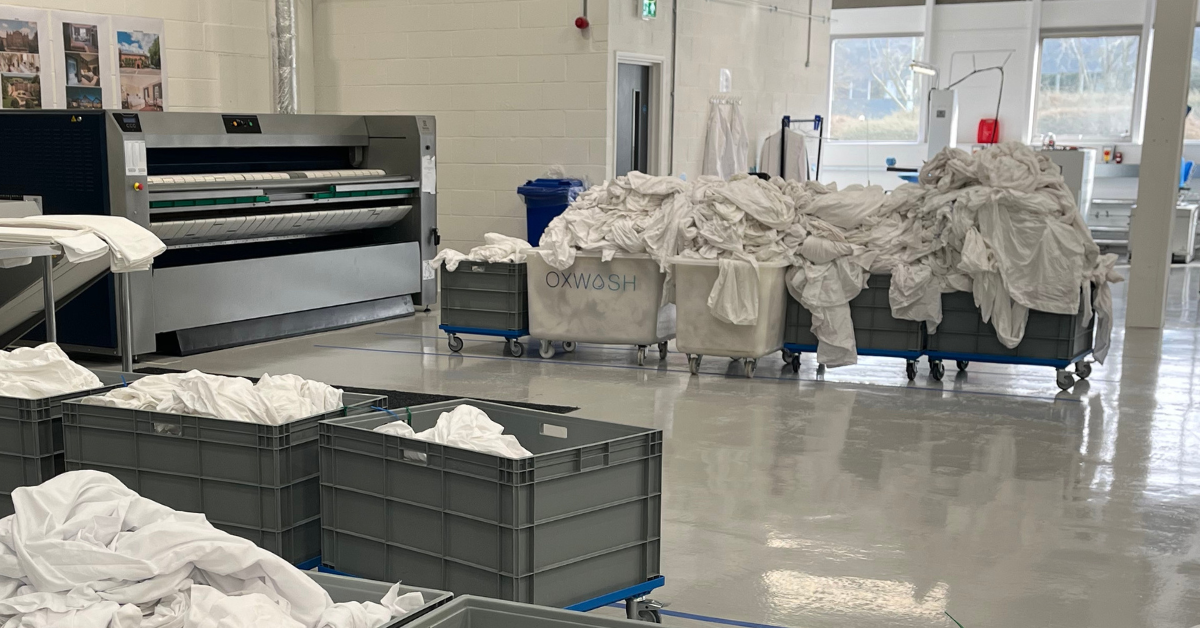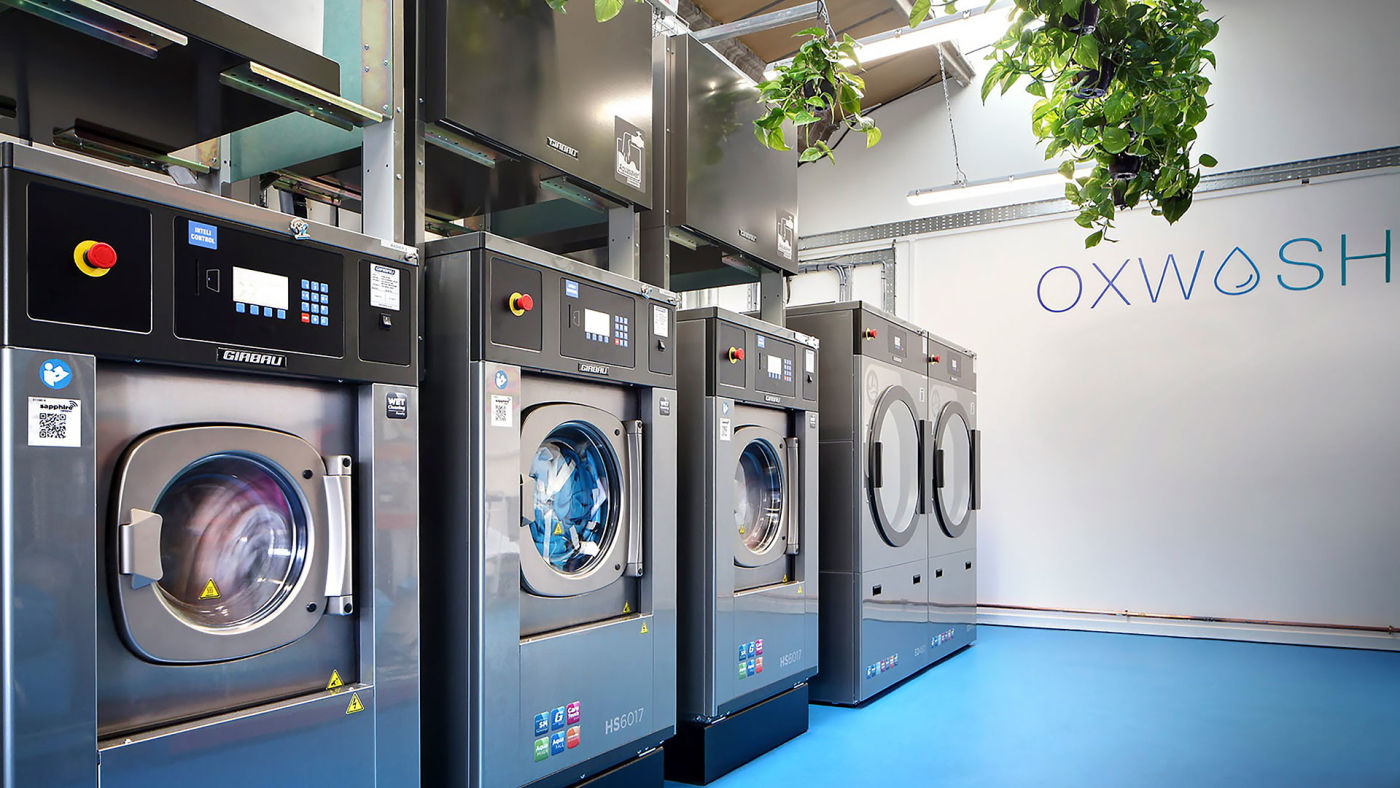The Laundry Symbols You've Been Misunderstanding Your Whole Life


Business & Insights
Ah, laundry day. It's a sight for sore eyes. Or is it? After all, how can washing two pairs of jeans, a jumper and a couple of t-shirts be such a hassle? What about that fraying buttonhole on your favourite shirt? All those symbols and directions written on your laundry care label look like gobbledygook, don't they? However, they are there for a good reason: to help you follow a set of instructions that guarantees clean, undamaged clothes that last longer.
You wouldn't be alone in your thinking as this seems to be a common issue in today's world. Oxwash commissioned a study into the impact of washing labels and found some startling results:
Brits wash £6.8billion down the drain each year in shrunken and damaged clothing as a result of not understanding laundry care symbols with the average adult in the UK ruining £128.99 of clothing annually. The national breakdown of wrecked clothes includes almost 53 million pairs of shrunken jeans, around the same number of jumpers suffer a similar fate and a staggering 264.5 million T-shirts, tops and underwear are destroyed or dyed a different colour.
Take our laundry symbols quiz to see how you fare compared to the rest of the nation:
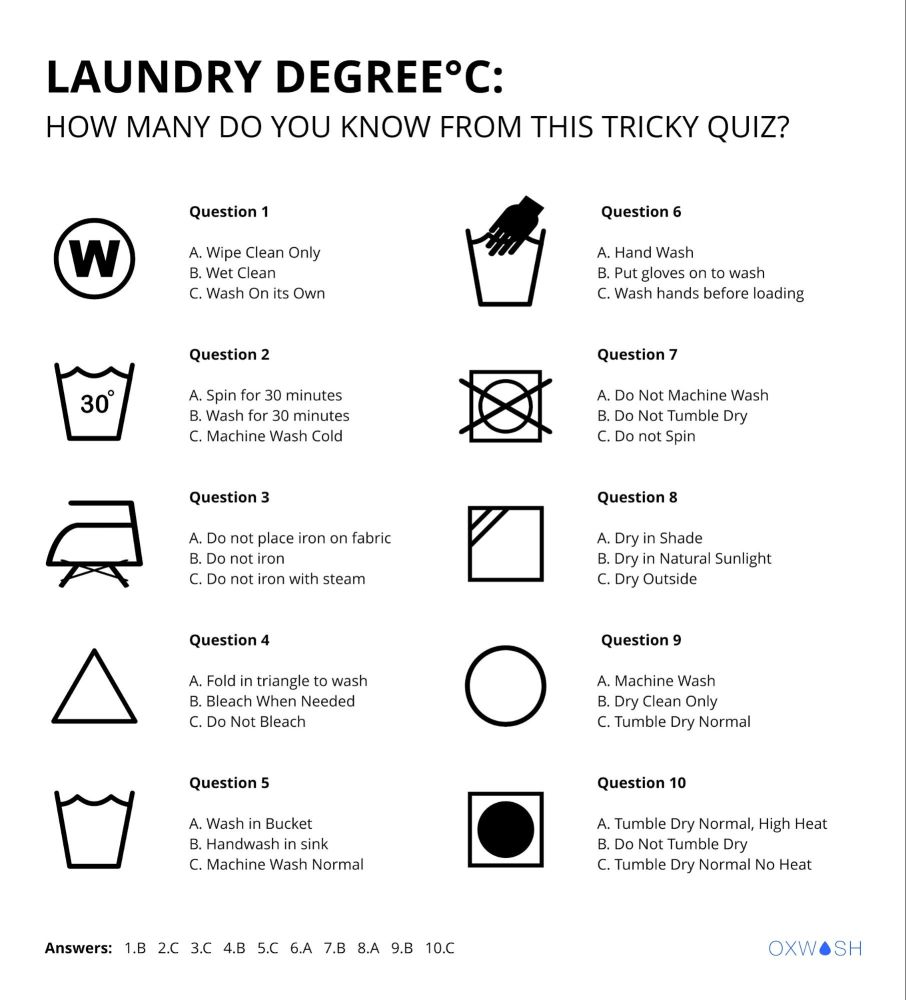

Incredibly, more than one in ten (11.9 per cent) Brits admitted they tended to ‘just wing it’ when the washing basket is overflowing and just under one in ten said they lobbed their clothes into the machine and ‘hoped for the best’.
Around six per cent – the equivalent of 3,175,800 adults – admitted they were ‘totally baffled’ by the symbols and close to that number (5.7 per cent) said they never read the instructions.
It also emerged only one in four people who took part in the 2000 poll said they always check the label before washing garments.
Not only is this problematic for our wallets but with the majority of these damaged items going to landfill, it is extremely problematic for our ecosystems.
We asked Oxwash CEO, Dr Kyle Grant his thoughts on the study's findings:
“Perhaps it’s down to our increasingly busy lives, or even our reliance on ‘fast fashion’ causing us to be less concerned about the condition things emerge from the machine. Either way, the number of ruined garments needlessly ending up in landfill, combined with the amount of money going down the drain is staggering.
Oxwash was founded with the explicit goal of proving that we can wash clothes with no net impact on our ecosystems. It’s a huge challenge, but as scientists, one we are determined to crack. It’s easy to see how the symbols can send us into a spin, which is why at Oxwash we have re-engineered the whole process to make laundry simple and sustainable, so you don’t need to sweat over this stuff.”
Laundry Symbols – How to Decode Your Label
Washing


If your clothing has one of these symbols on it can be washed conventionally in your machine at home. The number indicated on the symbol is the maximum temperature the item should be washed at. (Although we always recommend washing at a cooler temperature. Some of the washing symbols may have a bar underneath them, this it what each recommends:
If there is no bar your garment can be spun and rinsed as on a normal cycle.
If there is 1 bar the speed of the spin cycle should be reduced.
If there is 2 bars it is best to put the item on a more delicate cycle but can be spun and rinsed as with normal setting...
If the symbol is crossed out you cannot wash it in a conventional way. If this is the case there will likely be a symbol to indicate if the garment should be hand-washed, dry-cleaned or wet-cleaned.
Drying


If the symbol looks like a circle inside of a square this means your garment can be tumble-dried. (Although we'd always recommend air or line drying).
You may notice that the dryer symbol has dot(s) in the centre, this indicates what temperature level your dryer should be set to.
1 dot means the garment should be dried at a low temperature. This setting is best for synthetic fabrics, especially those containing elastane, like activewear.
2 dots equates to a medium temperature and is best for 'everyday' items such as shirts, cotton t-shirts and other jersey fabrics.
3 dots indicates the highest temperature setting and is best suited for heavy-duty textiles like towels.
If the circle is blacked-out you should use no heat, just air.
If the tumble dry symbol is crossed out you should not tumble dry the item. Heat is the most hazardous factor when it comes to garment shrinkage.
Ironing


One of the easier symbols to decode is the ironing symbol which looks just like the appliance. The main thing you need to look out for on the ironing symbol is the dots as these indicate the correct temperature setting for the garment.
1 dot means the garment needs to be ironed on a low temperature, this would typically be a synthetic fabric.
2 dots would be a medium temperature which would be best for textiles such as wool.
3 dots is the highest temperature setting and is recommended for cotton and linens.
If the ironing symbol is crossed out then you should not iron the item. Damage caused by ironing stains or burns can be more difficult to rectify.
Dry-clean Only


There are few things worse in the laundry world than seeing the dreaded 'dry clean only' symbol. This can be identified as a circle with a letter in the centre. The letter indicates which chemical is required for the 'cleaning' process.
At Oxwash our machines have been adapted to achieve fourth generation wet cleaning capability. This means that the equipment we use is able to process both wet and dry clean-only items as well as standard laundry.
Our process therefore results in a huge increase in efficiency and quality and you get items back cleaner, faster and with no use of harmful chemicals and significantly less impact on the environment.
Related Articles
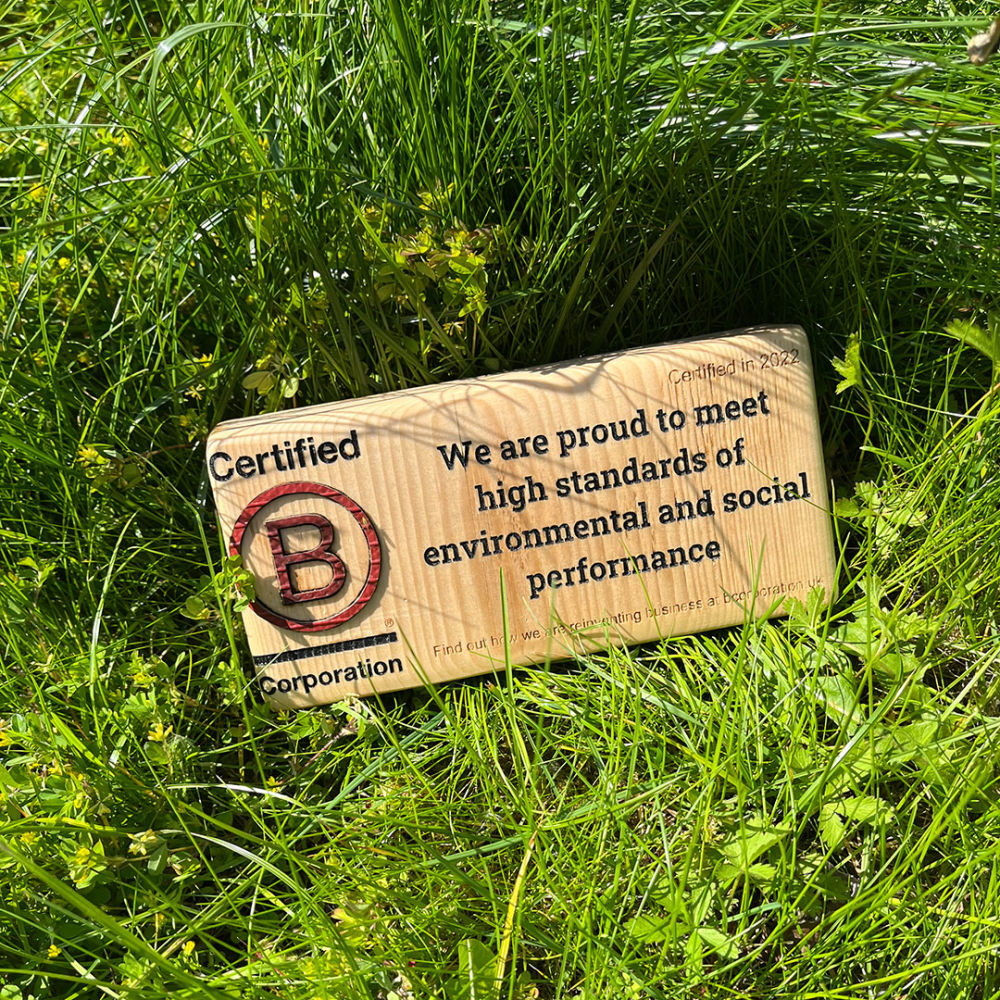

B Corp™ certified.
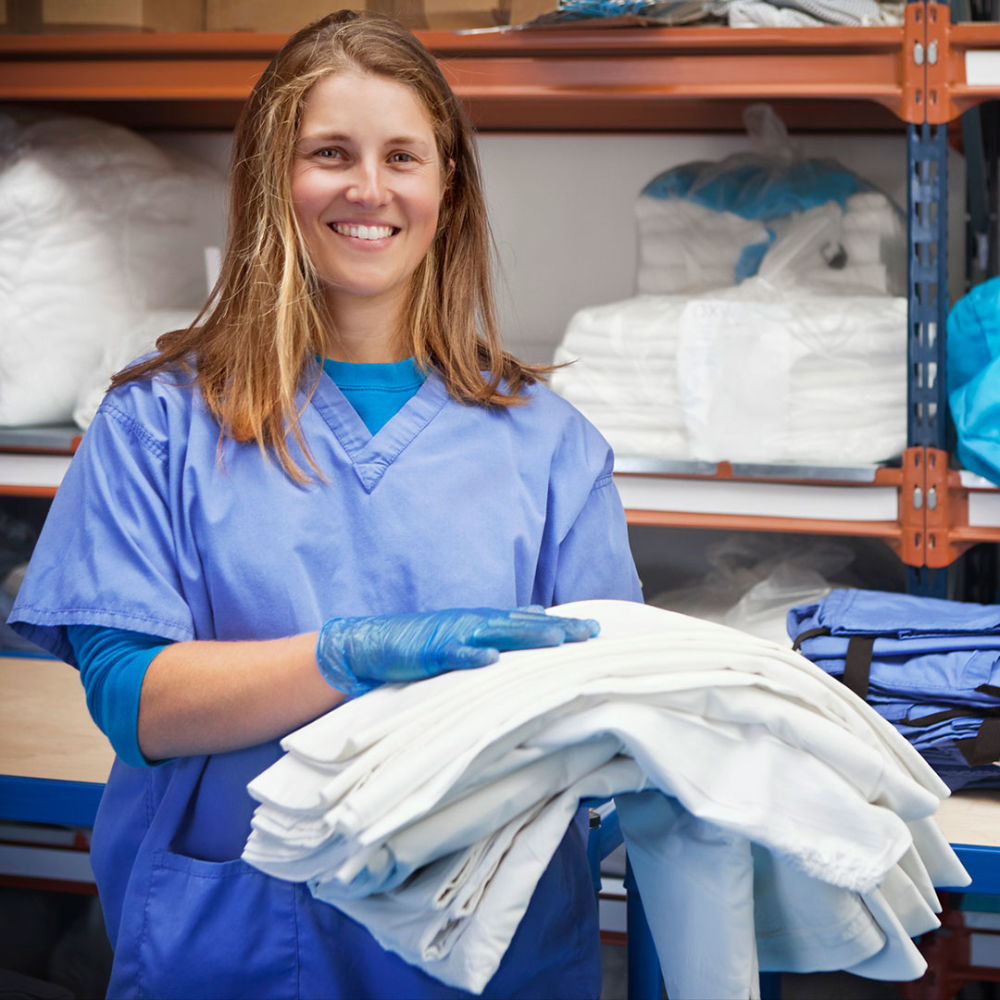

Surpassing NHS-grade disinfection.




